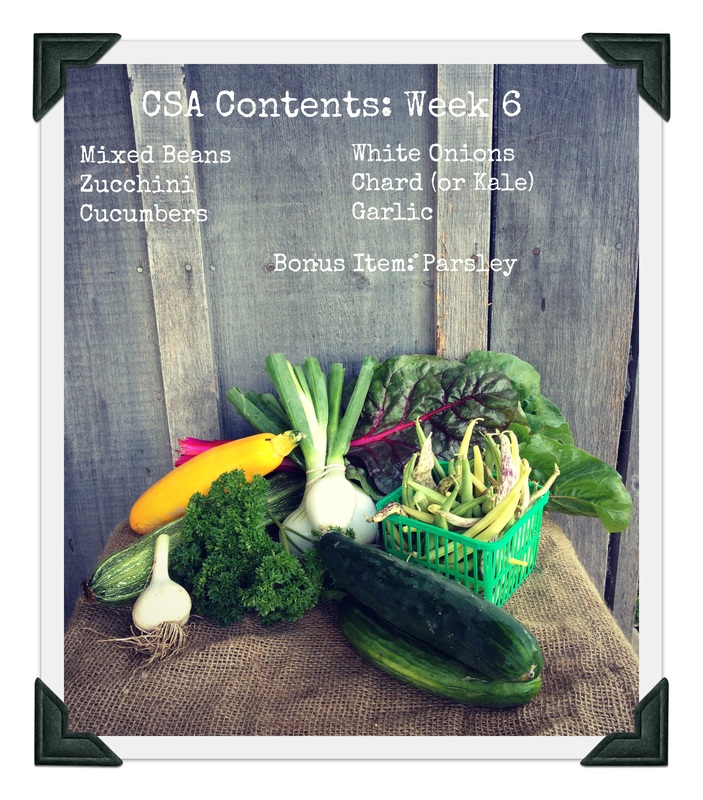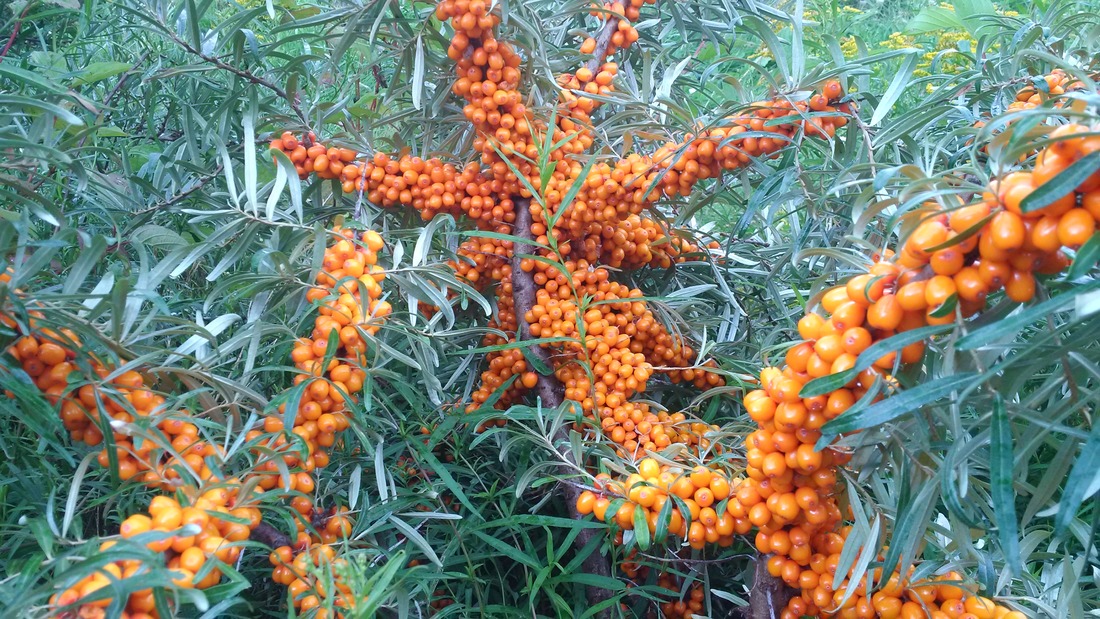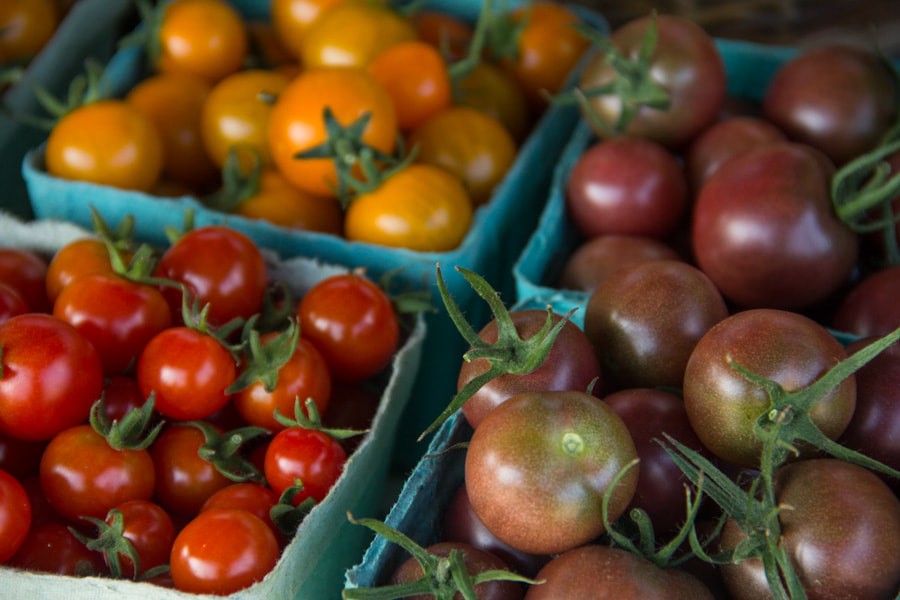|
This will be news to none of you, but we are experiencing record breaking droughts in Ontario this spring and summer. Just last night I lay awake listening to a massive thunderstorm (and the accompanying rain) roll through, which seems contrary to the idea of drought. But quick and explosive thunderstorms followed but long stretches of dry weather and heat are classic drought weather patterns. I thought I would take the opportunity to explain how these weather patterns affect farmers and, specifically, our farm.
s The infographic above shows the levels of precipitation across the province since April 2016. Based on the map, our farm falls in either the 'extremely low' or 'very low' categories for precipitation. When I look at Environment Canada historic records for the month of June, we received 84.9mm (3.3") of rain in 2014, 139.5mm (5.5") in 2015, and 48.7mm (1.9") in 2016. To give you some context, most annual vegetable crops require a minimum of 25mm (1") per week to grow as expected. Luckily, as small scale vegetable farmers we are able to irrigate our crops to make up for low rainfall. This is not the case for many field crop (corn, soy, wheat, etc.) and yields are expected to be very low this year. But, there is no such thing as crop insurance for small scale vegetable growers and irrigation, while essential for us, is just not the same as rain. When the subsoil is completely dry (as it is this year), any water we put down is quickly whisked away from the surface.
So how is the drought affecting our production? Well, it depends on the crop. Our tomatoes, eggplant, peppers, summer squash, cucumbers, winter squash, and onions are all doing very well. There are two reasons for this: most of these crops love the heat and all of these crops are planting in beds covered with landscape fabric (under which we run a dripline for watering). The landscape fabric helps to hold moisture in the soil and eliminates weeds so the plants are not competing for water with the weeds. But for other crops, particularly the Brassica family (broccoli, cauliflower, cabbage, kohlrabi, and more) and the direct-seeded root crops (carrots, beets, potatoes, parsnips) we are seeing signs of stress. With the brassicas, our first planting of cabbage is largely fit only for compost as it has only reached about baseball size (cabbage are thirsty plants that need lots of water to grow big) and the kohlrabi split before it reached harvest size. As for the carrots and beets, they have germinated OK but are growing very slowly. Our second planting of carrots, which we watered nearly every day for 3 weeks straight is almost the same size as the first planting. And the first planting was sowed 5 weeks earlier! So what does this mean for your shares? For this week and maybe next, you will notice a lighter share than we would normally like to give (typically I aim for 7 - 8 vegetables, whereas this week you have 6). However, once the carrots, potatoes, beets, and second plantings of broccoli, cauliflower, and cabbage become available we will be able to make up for these lighter weeks. Such is the challenge of working with nature! While this year is challenging us and our crops, we feel very thankful for a deep well and the splashes of rain we are receiving. Some farmers in Eastern Ontario and those who rely on ponds for irrigation are in much worse straights than us and we hope that their farms can survive these challenges. A quick note on eggs: we will not have any eggs this week (except for Mount Forest members who I have promised eggs to). The heat lowers the hens production and Rob needed 3 dozen eggs to incubate another round of laying chicks. We will be back with eggs next week!
The heat has kicked our cucumbers into hyper drive so everyone will be receiving several cucumbers in their shares this week. We grow 3 varieties of cucumber and each look a little different. You may notice that some varieties have some marks on their skin. The thin skinned varieties are more prone to cucumber beetle damage (as they munch on the skin) and so are 'less perfect' on the outside than the others. Their taste, however, is delicious! We ask that all share members take at least one cucumber with some damage, so that everyone has the chance to have both beautiful and imperfect cucumbers!
Cucumbers are refreshing and cooling summer treats. With high Vitamin E levels and being 95% water, they are nourishing for your skin and great a replenishing lost electrolytes as a result of sweating. While most people know how to use a cucumber in the kitchen, this recipe is a great one to try on those days when it feels too hot to turn on the stove. Comments are closed.
|
Archives
February 2020
|



 RSS Feed
RSS Feed